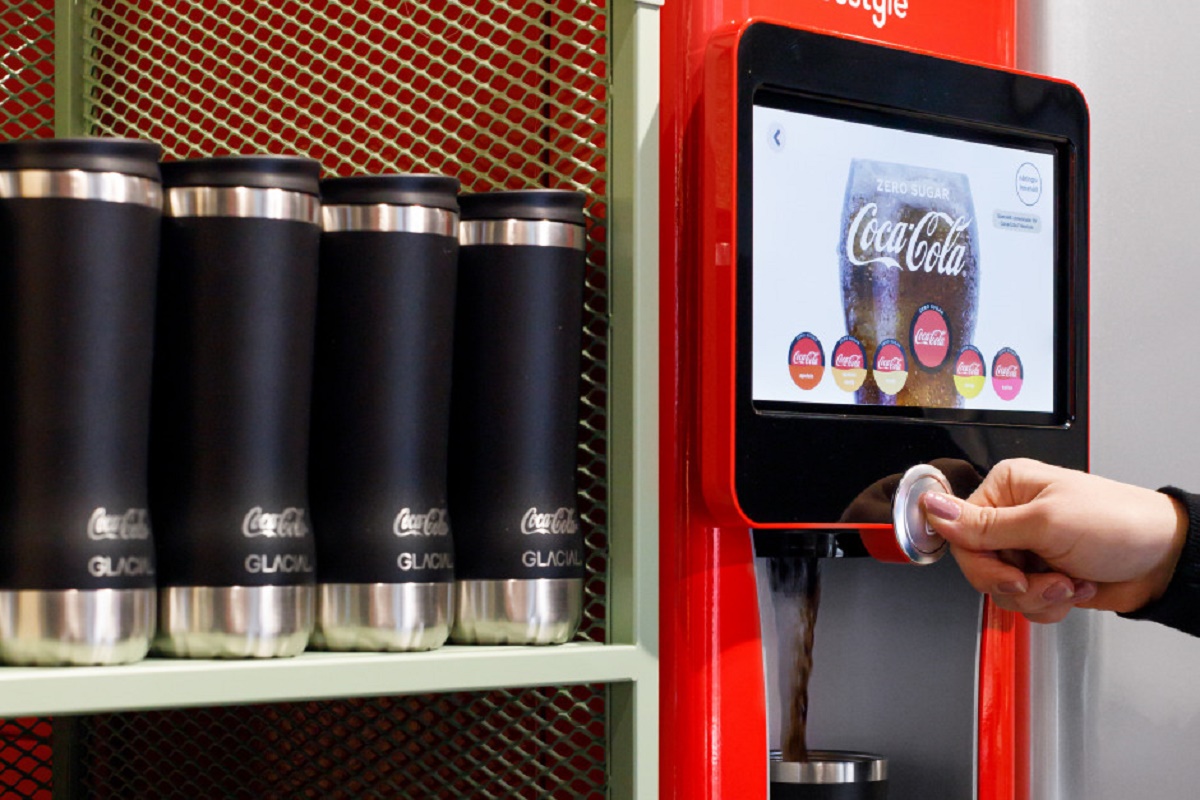
In class, we discussed the convenience of the 4 Cs and discussed Convenience stores. Because of this, I decided to look into whether there is a “sustainable” convenience store, and I found one! Let me introduce you to PBX, a convenience store in Stockholm that strives to be the world’s “most sustainable convenience store.”

According to Reitan Convenience Sweden, the mission of PBX is to inspire customers, retailers, and suppliers to be more sustainable. To become “sustainable” in operation, they look into their product’s content, origin, and packaging to ensure what they have in store is better for the environment. For instance, a few actions that had taken were stopping stocking cigarettes since it has a significant environmental footprint. Also, according to the article, they have set a limit of 100 grams on sweets. Moreover, another large project they worked on, the one I love the best, is to set up a Coca-Cola machine you will see in theatres, where you can purchase the drink in your own container. For this initiative, they collaborate with Glacial, a beverage container, so you can purchase the bottle to fill your drink. This new concept would significantly reduce the need for packaging, especially the PET bottles that could end up in the ocean!
I love this new concept of a convenience store, but it made me think maybe it also defeats the whole purpose of a “convenience store.” The convenience store should provide you with convenience; if I have to bring my container to get a soda or purchase a bottle just to get a drink, maybe it is not convenient. Because of this, people might just turn around to go to another store. One thing I think they can do is have this machine available in the store. Still, instead of asking people to purchase a brand new bottle, they could have the “share bottle” system and be able to return the bottle conveniently, such as in all stores owned by Reitan Convenience Sweden. Another question that pops up is whether this system can be adapted in Asia as Asian convenience is hugely different from the ones in American and perhaps Europe countries, as we discussed in class. Furthermore, to consider the store the “most sustainable convenience store,” besides the products, they also have to look into whether the store itself is sustainable, such as whether the shop is run with renewable energy.
